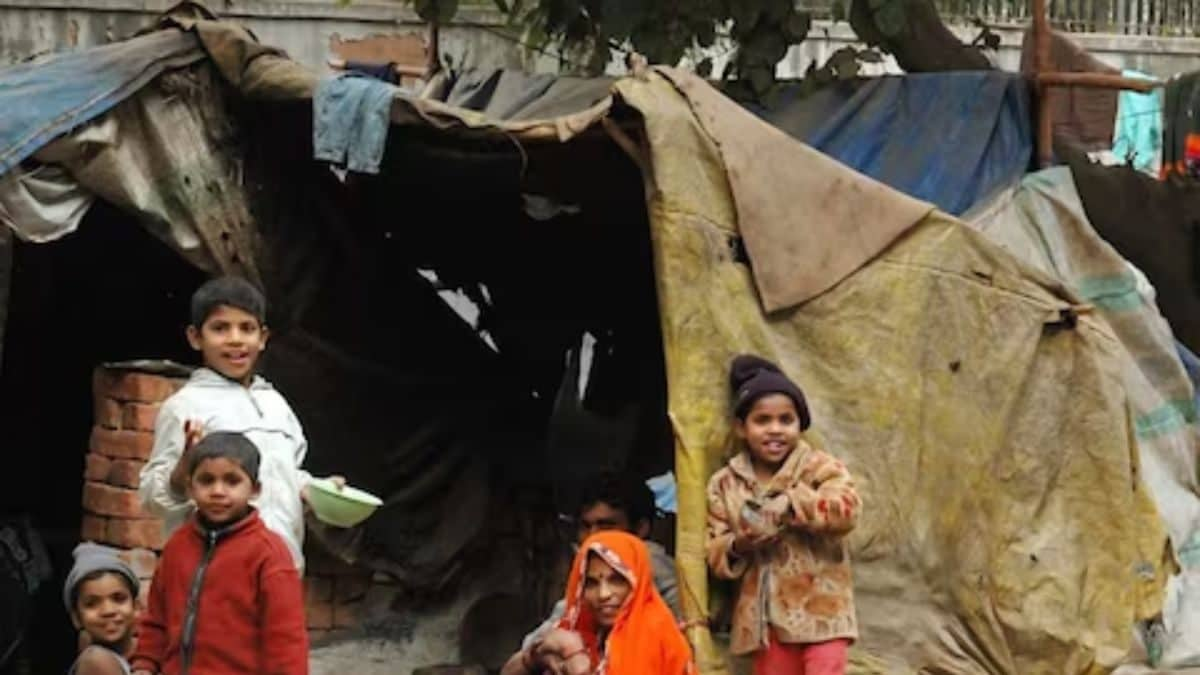‘Twice Than Education’: Big Fat Indian Weddings, How Much Does India ‘Invest’ In Matrimony?

The Indian wedding industry, valued at around Rs 10 lakh crore (USD 130 billion), ranks second only to the food and grocery sector. According to a report, the average Indian spends twice as much on a wedding ceremony as on education.
India hosts 80 lakh to 1 crore weddings annually, surpassing China, which sees 70-80 lakh weddings, and the US, with 20-25 lakh weddings each year.
“The Indian wedding industry is nearly double the size of the industry in the US (USD 70 billion), albeit smaller than China (USD 170 billion),” brokerage Jefferies said in a report.
Weddings are the second largest consumption category in India.
“Weddings, if they were a category, would rank as the second largest retail category only behind food and grocery (USD 681 billion),” it said.
Weddings in India are elaborate and characterised by a range of ceremonies and spending. The industry spurs consumption in categories like jewellery and apparel and indirectly benefits autos and electronics.
Despite political efforts to curb them, luxury weddings at exotic locations continue to showcase Indian opulence.
“With 8 million to 10 million weddings held annually, India is the largest wedding destination globally. Estimated at USD 130 billion in size, according to CAIT, the wedding industry is nearly twice that of the US and is a vital large contributor to key consumption categories,” Jeferries said.
Indian weddings are multi-day and multi-event celebrations, ranging from simple to ultra-lavish. The region, religion and economic background play an important role at several levels.
The Hindu calendar, which follows the lunisolar system, adds to the complexity, as weddings solemnise only on auspicious days in specific months, which changes every year, according to the report.
“An otherwise value-conscious society, Indians love to spend on weddings, which could be disproportionate to their level of income or wealth. And this is irrespective of the economic classes, as the tendency to overspend is seen across.
“The average expenditure on a wedding at USD 15,000, is a multiple of per-cap or household income. Interestingly, an average Indian couple spends 2x on weddings vs education (pre-primary to graduation), in sharp contrast to countries, such as the US, where the spend is less than half vs education,” it said.
Exotic domestic and international locations, luxurious accommodations, lavish catering with menus curated by Michelin star chefs and performances by professional artists and celebrities, luxury Indian weddings have to be experienced to be understood.
“Given the size and scale, weddings are a key growth driver for several categories in India, such as jewellery, apparel, catering, stay and travel, to name a few. For example, over half of the jewellery industry revenues are led by bridal jewellery while 10 per cent of all apparel spends are driven by weddings and celebrations wear,” it said.
“The wedding industry also indirectly fuels various sectors, such as automobiles, consumer electronics, paints, etc. These industries witness a spike in demand around the wedding season, and while difficult to quantify the full impact, industry players meticulously track wedding dates to align marketing strategies and inventory management.”
Jefferies said wedding planning generally begins 6-12 months in advance, and the most elaborate wedding celebrations have seen as many as 50,000 guests.
Bridal lehengas in the luxury segment include heavy intricate work and can even weigh 10 kgs in some cases. Italian Luxury Brand Bvlgari (part of the LVMH Group) launched its first India-only jewellery piece, Mangalsutra, in 2021.
“Decor is the most underestimated cost in an Indian wedding,” it said.
“Most offbeat food requests include chocolate pani puri, waffle dosa and pineapple-flavoured paneer.”
According to another report by wedding planning platform, WedMeGood, in 2023, 70% of brides and grooms contributed in some aspect to financing their weddings, a trend anticipated to persist in 2024 as financially independent millennials will continue to actively contribute to their weddings.
It added that there is a cultural wave in the approach to jewellery, with 36% of brides opting for artificial jewellery and 16% choosing to rent their jewellery.
This is extremely striking as individuals seem to be moving away from emotional attachment to bridal jewellery and are more focused on making financially friendly decisions. Furthermore, 52% of people adopted eco-friendly measures at weddings, showcasing a collective commitment to sustainable celebrations.




